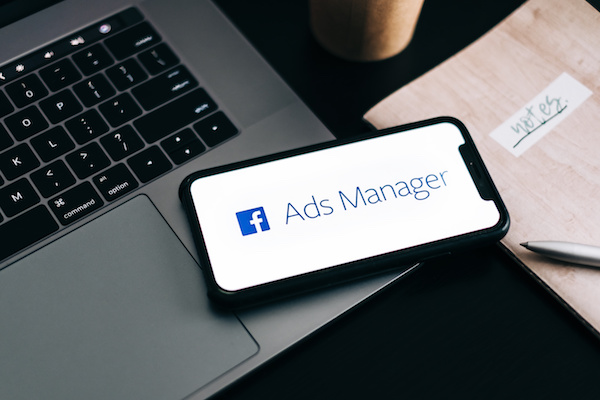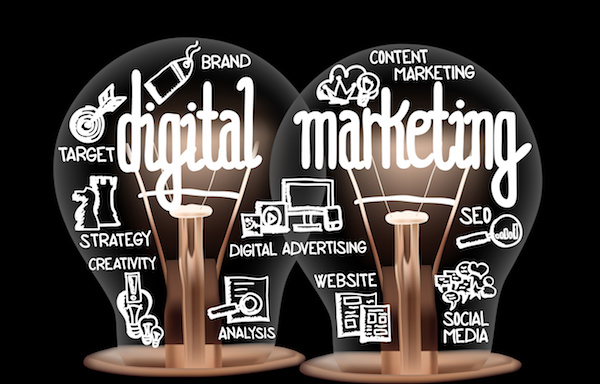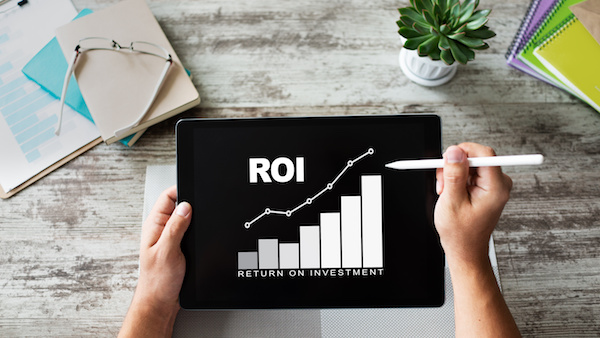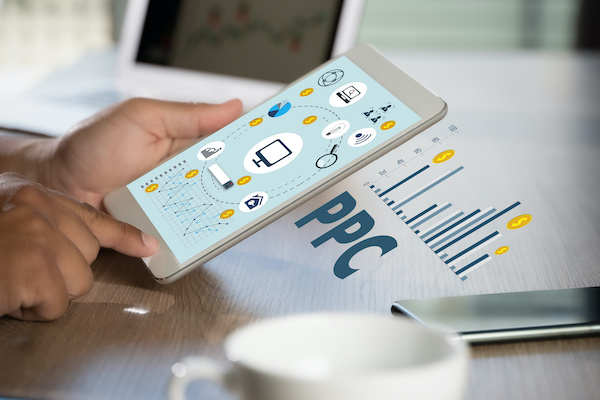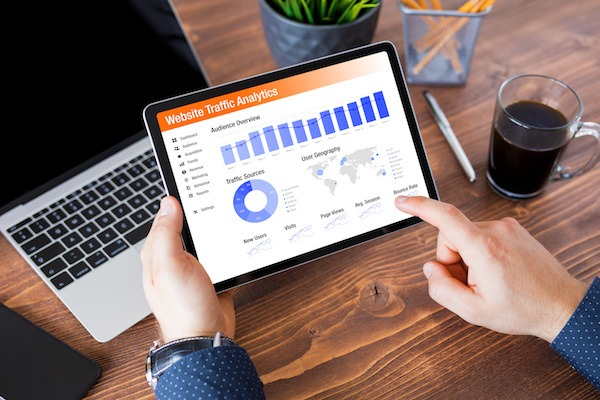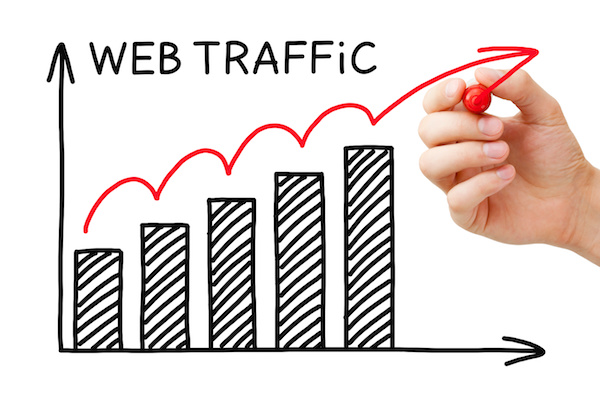
In terms of digital marketing services, search engine optimization (SEO) remains paramount for those looking to enhance online visibility and drive traffic to their websites. While organic SEO strategies form the foundation of a robust online presence, integrating paid tactics can offer additional benefits in the competitive arena of search engine results. Continue reading to learn more about how you can incorporate both into your ongoing digital strategy.
The power of organic SEO strategies
Organic SEO strategies are fundamental for establishing a lasting online presence. Through meticulous keyword research, content optimization, and link-building efforts, websites can ascend the ranks of search engine results pages (SERPs) organically. This method nurtures credibility and authority, leading to sustained visibility and increased traffic over time.
Harnessing the potential of paid SEO strategies
Paid SEO strategies, notably pay-per-click (PPC) advertising, provide an instant boost to visibility by securing prime ad placements in SERPs and relevant websites. While necessitating ongoing investment, paid ads deliver immediate results, effectively targeting specific audiences. When strategically aligned with organic efforts, paid advertising can augment online presence and engagement, amplifying the impact of SEO initiatives.
Striking the balance
Success in SEO hinges on finding the balance between paid and organic strategies. By synergizing the strengths of both approaches, businesses can optimize online visibility and attract quality traffic back to their websites. For example, by integrating paid advertising during product launches or promotional campaigns to complement organic efforts, you can ensure maximum exposure and engagement.
Adaptability of both SEO strategies
Integrating paid and organic SEO strategies enables businesses to diversify their marketing efforts and mitigate risks. While organic SEO lays the groundwork for sustainable growth, it’s paid advertising that offers the flexibility to facilitate adaptation when the market shifts. This holistic approach empowers businesses to navigate the ever-evolving landscape.
How you orchestrate harmony between paid and organic SEO strategies will help to maximize your online visibility and foster sustainable growth. By blending these approaches, you can reach your target audience, generate quality leads, and maintain a competitive advantage.
Have you used both paid and organic SEO strategies at the same time? How has your experience been? Drop a comment below to share with our readers.
Alex Wilks has been working as a copywriter and digital marketing strategist since 2018, with added specialties in social media and email marketing. With a Bachelor’s Degree in Journalism and Communication, she is a natural content writer with the ability to connect well with her target audience.

